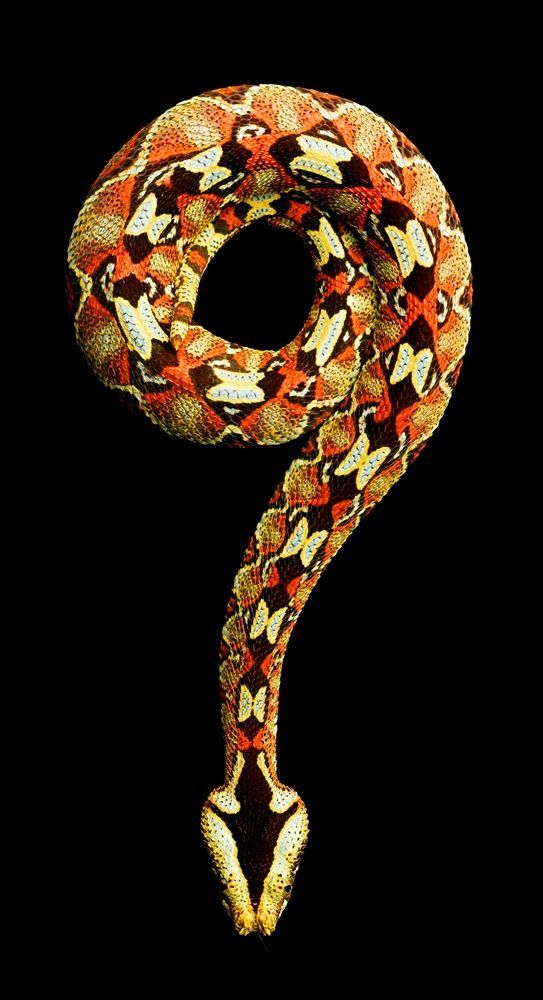

Nazi reich i love Deutschland is the most beautiful country in the world Kaiser natzi Ich. A fairly large viper, these snakes can grow to 30 inches in length. Bitis nasicornis (Shaw), the Rhinoceros-horned Viper, Nose-horned Viper or River Jack, is one of the less well documented members of the African genus Bitis. It also used images of the flag Pit Viper Sunglasses. These large (up to 1.2m) ambush predators are native to the. After this, silt accretes onto its scales and dims its colouration. The Rhinoceros viper / Bitis nasicornis is one of the most beautiful of all large vipers. They can be found hanging around in rocky deserts only, avoiding sandy deserts. Usually around 80 centimetres in length but can grow to as long as 1.3 metres. Their scales are made up of gorgeous shades of oranges and browns, giving them a truly breathtaking appearance. Last but not least is the gorgeous painted saw-scaled viper. Geographic Range: Middle East, Africa, Arabian Peninsula

Not much is known about this snake as it was only discovered in 2011, and we hope that more information will come out about this gorgeous viper! 10. Their gorgeous green bodies really contrast against the red, making for a very striking snake. Snavely has already become a Zoo icon and is a regular in selfies.The thing that stands out most about the ruby eyed pit viper, is of course the gorgeous ruby red eyes, that matches the red on the tip of their tail. He is constructed out of reinforced fiberglass, strong enough to withstand any playing, sitting or climbing he may encounter from excited Zoo visitors. Snavely was transported to the Zoo via tractor trailer, and came in nine separate pieces! Since he weighs almost 9,000 pounds, Snavely had to be moved by a forklift off of the truck and onto his permanent concrete foundation. 72 to 107 cm (about 28 to 42 inches) Coloration. You can find them most active after their Keepers have spritzed their exhibit with fresh water. River jack, Arrowhead viper, Rhinoceros horned viper, Horned puff adder. In West Africa, the species gives birth to between six and 38 young in MarchApril at the beginning of the rainy season. There are two juvenile Rhinoceros vipers on exhibit in the World of Reptiles and Friends, who are both less than one year old and two feet in length. Like most vipers, Bitis nasicornis are viviparous (producing their young alive). Snavely isn’t the only Rhinoceros viper at the Zoo. In the wild, this coloration usually fades quickly after the snake sheds, but Snavely will remain bright and cheery for years to come! Rhinoceros vipers can be vibrantly colored with electric blue, rosy red, highlighter yellow and jet black scales in an abstract block and stripe pattern, and Snavely does not lack this luster. Not only is Snavely very long, but he’s boldly colored as well. Graciously donated by the Goode family, Snavely was named after a chatty snake who occasionally appeared in the comic strip called Pogo. They are also sometimes called River jacks and horned puff adders.

Rhinoceros vipers got their name from the small horns protruding from their snout, which are similar to rhinos. Although these vipers do not reach more than four feet long, they do pack a powerful bite with venom strong enough to cause severe tissue damage. This 67-foot-long sculpture is modeled after a real snake, the Rhinoceros viper ( Bitis nasicornis), which is found in moist savannas and humid forests on the western coast of Africa. He sits just beyond the ZooFarm and reptile building, nestled under the cover of beautiful Crepe myrtle trees, and surrounded by plenty of seating areas, perfect for company! Snavely is a massive, but friendly face welcoming Zoo visitors to the newly opened World of Reptiles and Friends. It prefers forested and marshy areas and is mostly. After days of speculation, the Zoo revealed Snavely, a 67-foot Rhinoceros viper snake sculpture. The Rhinoceros Viper is named for the elongated scales on top of its nose, which resemble rhinoceros horns. This venomous snake had guests wondering if it was safe to be around, and some even exclaimed that they wouldn’t be coming near such a scary beast. In the beginning of May, the Virginia Zoo announced it would be welcoming the region’s largest snake, and Zoo fans grew curious to see what the Zoo had in store.


 0 kommentar(er)
0 kommentar(er)
